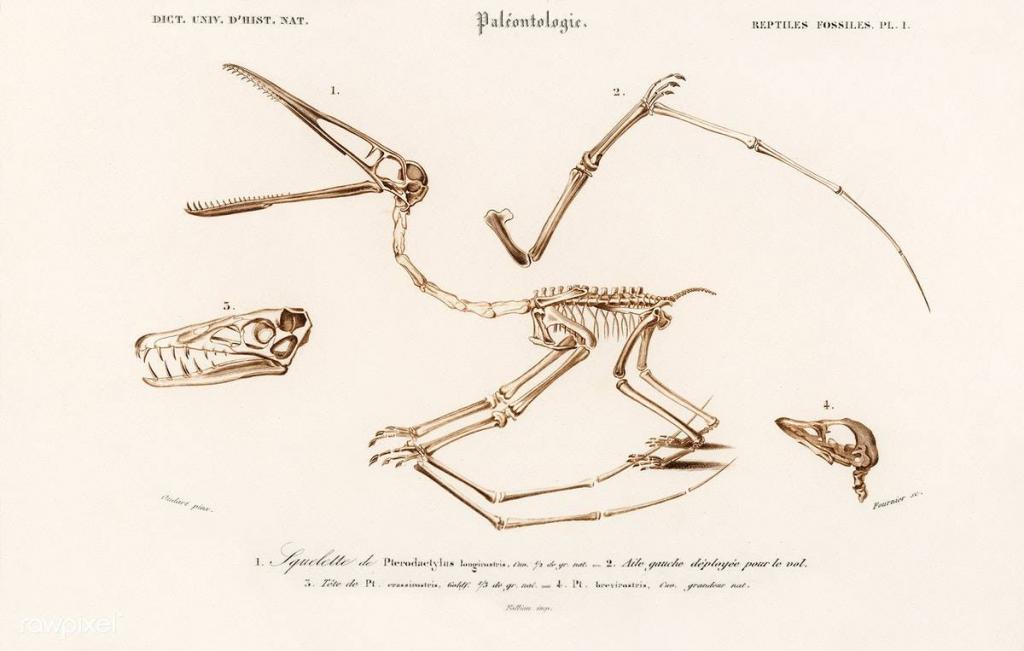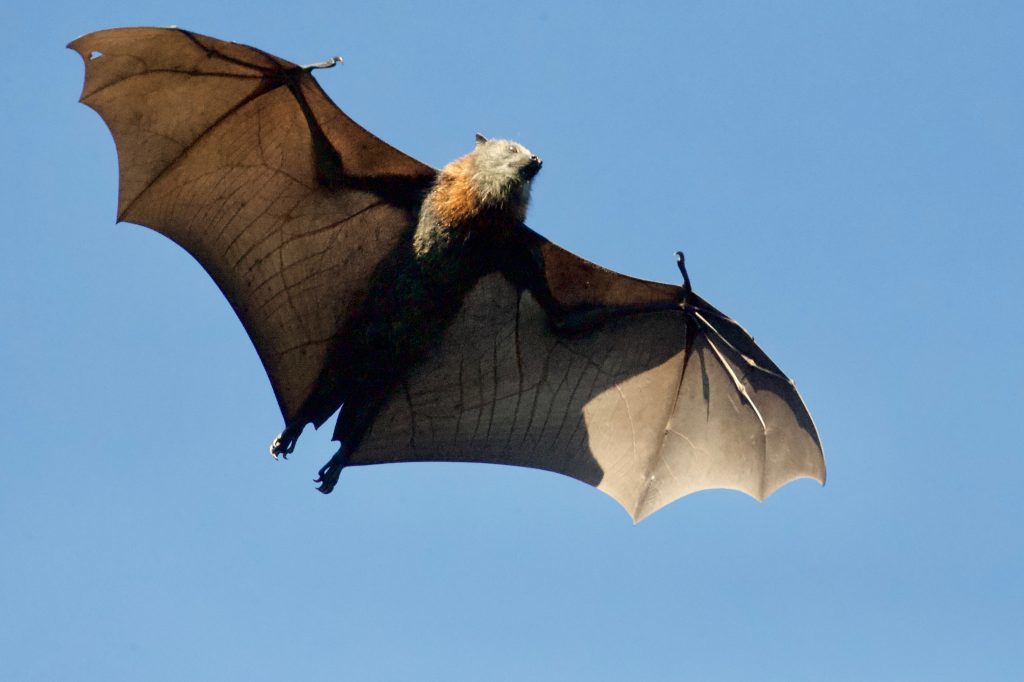Date of Discovery
Stemming from yet another oral culture, the first reported case of the Ahool is not very likely to be the first sighting to have ever occurred, but it was the first date that its existence was entered into the record.
First reported by Dr. Ernest Bartels in 1925, who was the son of the noted ornithologist M.E.G. Bartels.
Name
The Ahool got its name from the slightly onomatopoetic sound that is created by this bat-like creature; the Ahool calls, “a-hool!”
Physical Description
Reported to be a bat-like creature, it is said to have a body structure that is of similar size to a one-year-old child, with a wingspan of roughly twelve feet in length. The Ahool has short, dark grey fur, large black eyes, and flattened forearms which support its leathery wings. Despite being described as a bat, the Ahool also reportedly possesses the head of a primate, with a flat, human-like face.
A sub-species of the Ahool is found on the island of New Guinea, which goes by the name of the Ropen; this sub-species has a long snout, large wings, and a long thin crest. Its face is a combination between a bat’s and a chimp’s, with bulbous dark eyes. The skin of the wings is a ruddy reddish color but otherwise covered in grey fur, with large claws protruding from its forearms. The Ropen is said to have a wingspan of between 18 and 28 feet (6-9 meters) which is 3 to 4.5 times the size of the largest known bat, the Flying Fox.
The diet of both the Ahool and the Ropen is mainly fish, but they have been known to attack humans because of their extremely territorial nature.
Origin
Said to live in the deepest parts of the jungles of Java as well as across most of Indonesia–considered the world’s thirteenth largest island, Java was formed mostly as the result of volcanic activity. Said to be one of the world’s most densely populated regions on earth, with roughly 124 million inhabitants; its overpopulation has resulted in the disappearance of most of the rainforests, with Gunung Halimun National Park as one of the last remaining lowland forests on the entire island. Despite a loss of space and biodiversity in the region, Java’s rainforests still harbor a wide range of wildlife, with over twenty-three distinct mammal species, over two hundred species of birds, as well as over five hundred species of plant life. One more species, so far officially remaining unidentified, is the winged creature known as the Ahool.
Mythology and Lore
In some reports, it has been known to be seen squatting on the forest floor with its wings closely pressed against its body–it is believed to be a nocturnal creature, so it spends its days concealed in caves located behind or beneath waterfalls, then spends its nights fishing out of the rivers within its habitat.
In 1925, the first official written report of an Ahool sighting occurred when Dr. Ernest Bartels a naturalist was exploring a waterfall on the slopes of the Salek Mountains when this giant unidentified bat flew directly over his head. Two years later, in 1927 at approximately 11:30 pm, Bartels came across the Ahool for a second time, while he was laying in bed in his thatched house in western Java near the Tjidjenkol River. He was listening to the sounds of the jungle surrounding his home when he heard the strange call of the Ahool. Bartels immediately sought to investigate the noise and less than twenty seconds later he heard it’s vocalization again, which was headed downstream near the river.
Bartels later conjectured that it may not have been a bat at all, but possibly a very large species of owl, however, this theory was not met with much agreement with his peers who believed in no uncertain terms that they could distinguish the differences between a bat and an owl. Cryptozoologist Ivan T. Sanderson was passed down the accounts that Bartels left behind of the Ahool by Bernard Heuvelmans and after much research and exploration eventually concluded that the Ahool is an unclassified species of bat. He took a special interest in the Ahool after encountering a creature he believed was similar in the Assumbo Mountains of Cameroon in western Africa. While he believed that what he encountered was a different giant bat-like species, he surmised that the Ahool could be an Oriental form of what he witnessed, which was known by the African natives as the Kongamato.

There are some researchers who believe that the Ahool is actually a small surviving population of a pterosaur, a flying reptile who was believed to have gone extinct around the time of the dinosaurs, roughly 65 million years ago. Although the description of an Ahool does match what we know about the pterosaur species, including large forearms and leathery wings, however, the shape of the head of an Ahool doesn’t match the description of the pterosaur at all. The majority of investigators seem to agree that the Ahool is most likely a form of unclassified giant bat species, as the reptilian face structure goes against the reported evidence. A third theory, that is more accurate as far as the reported facial features, is that the Ahool may actually be the world’s first reported case of a flying primate.
Is there anything we missed about the Ahool? Let us know in the comments section below!

Georgia-based author and artist, Mary has been a horror aficionado since the mid-2000s. Originally a hobby artist and writer, she found her niche in the horror industry in late 2019 and hasn’t looked back since. Mary’s evolution into a horror expert allowed her to express herself truly for the first time in her life. Now, she prides herself on indulging in the stuff of nightmares.
Mary also moonlights as a content creator across multiple social media platforms—breaking down horror tropes on YouTube, as well as playing horror games and broadcasting live digital art sessions on Twitch.

